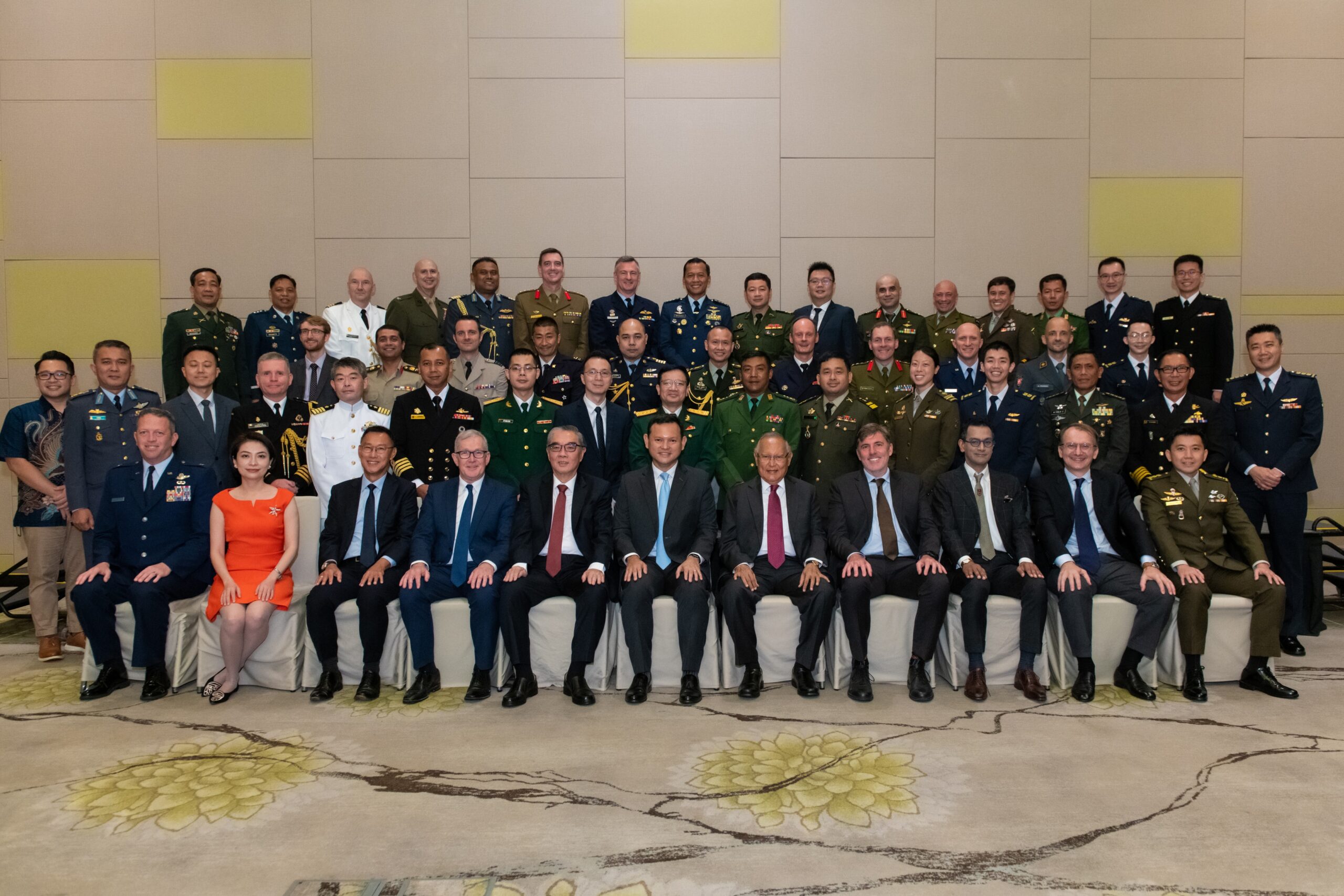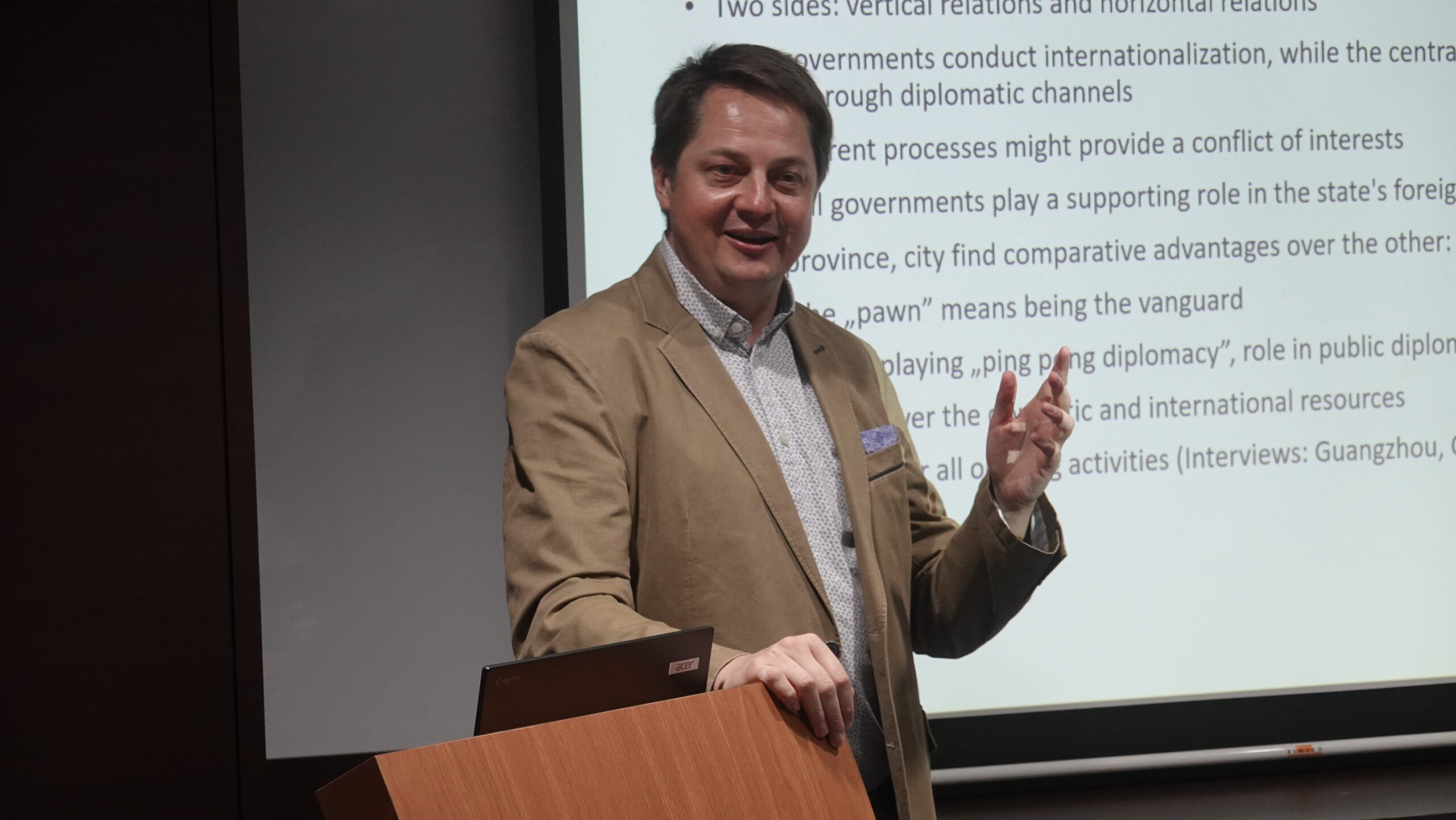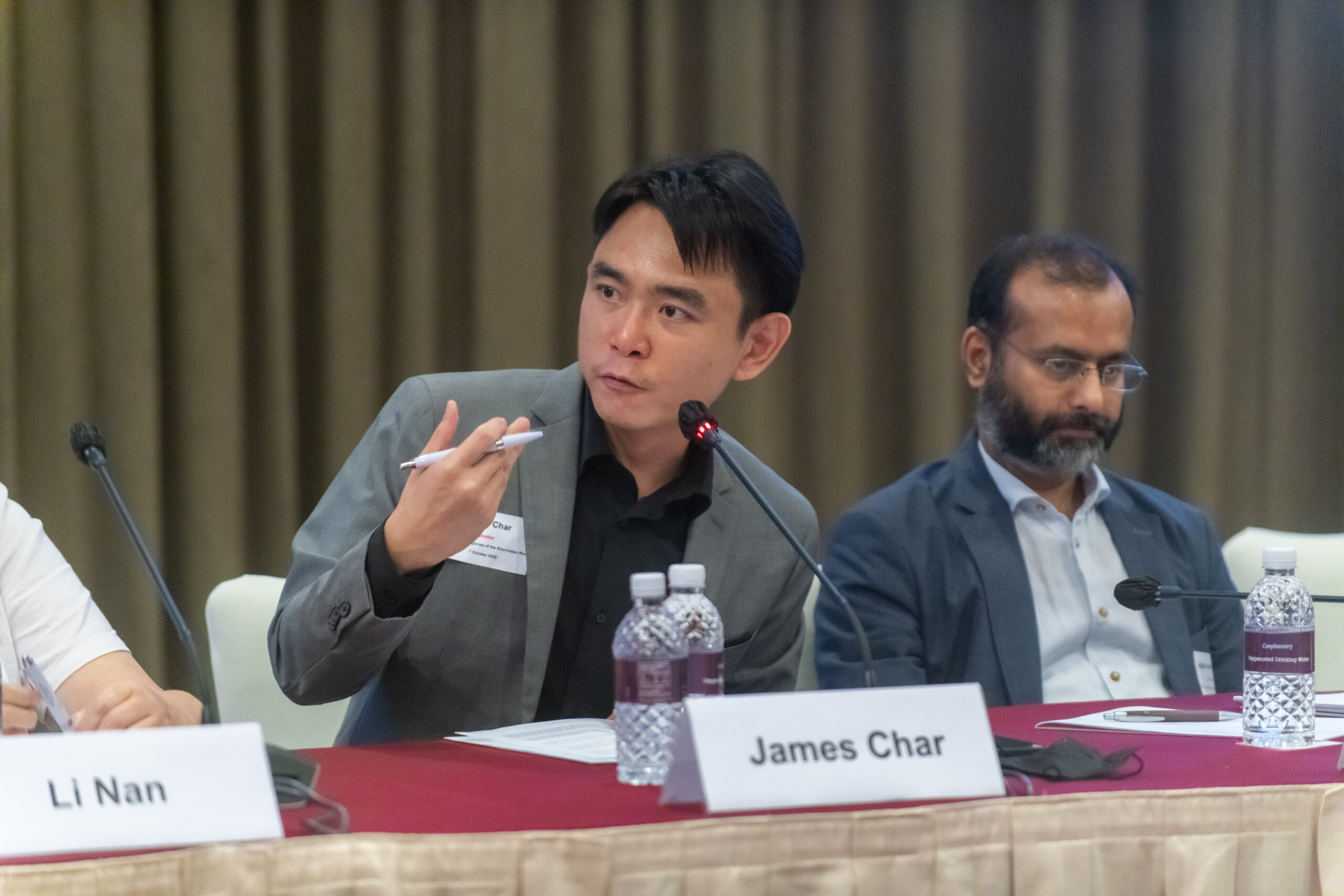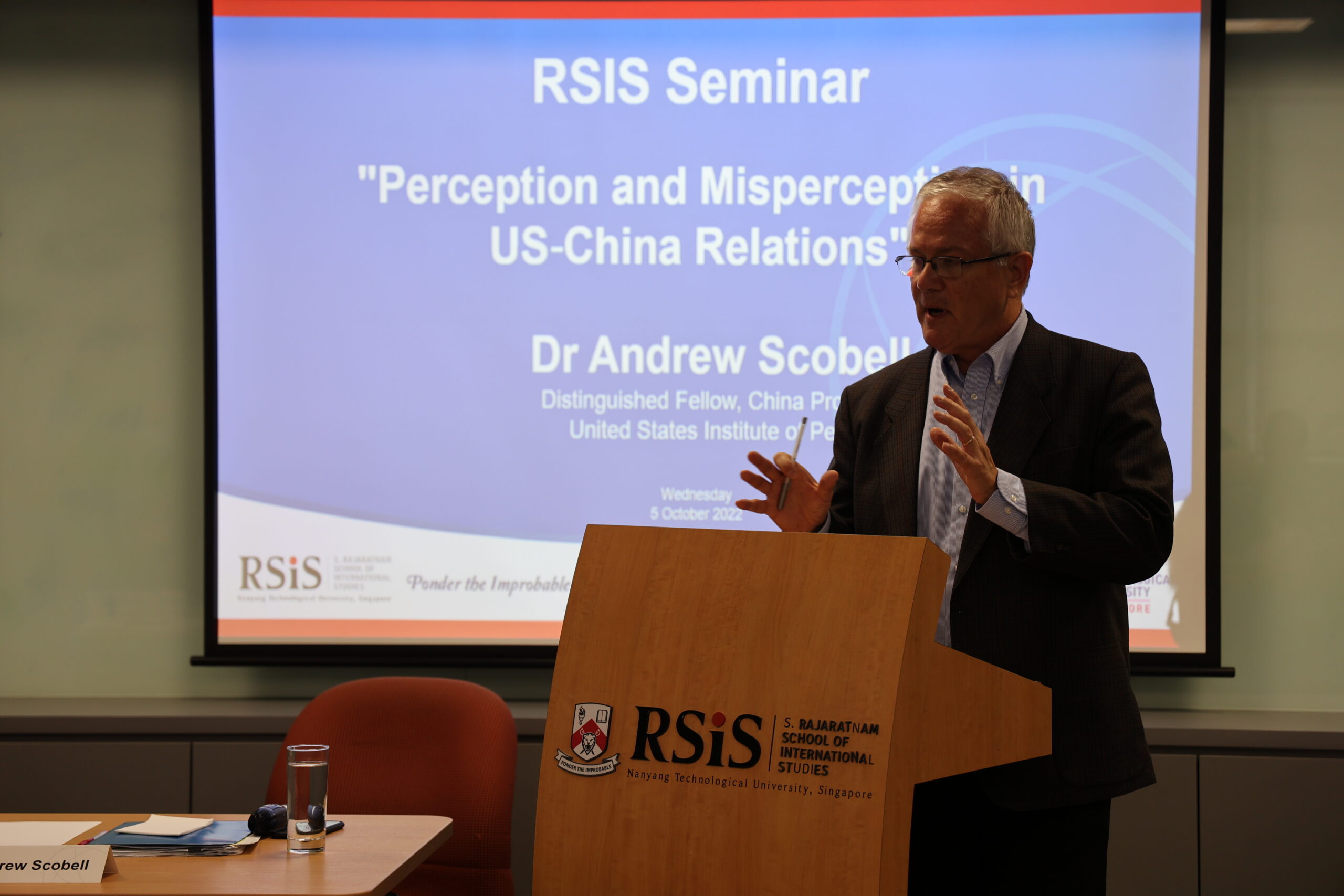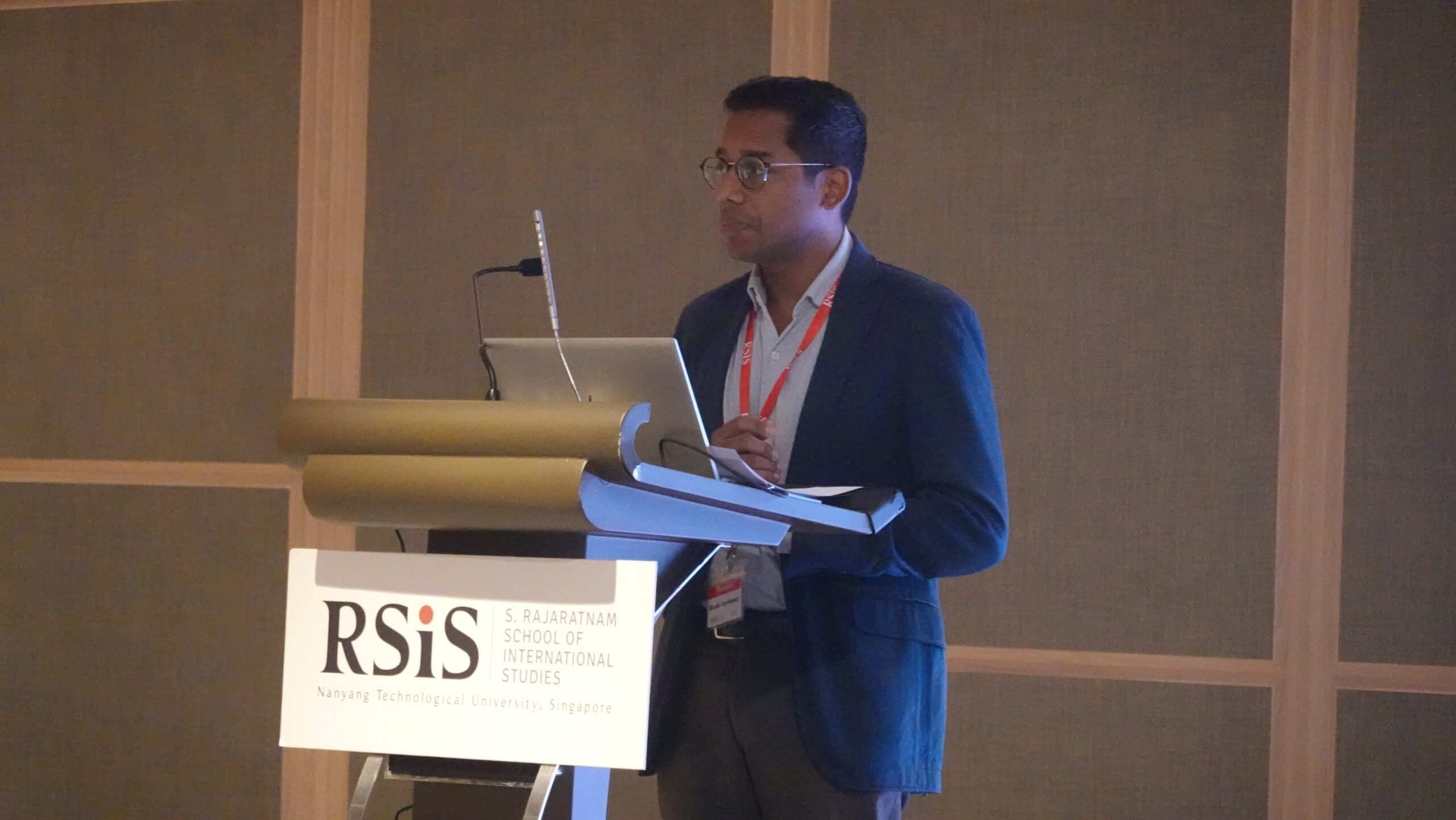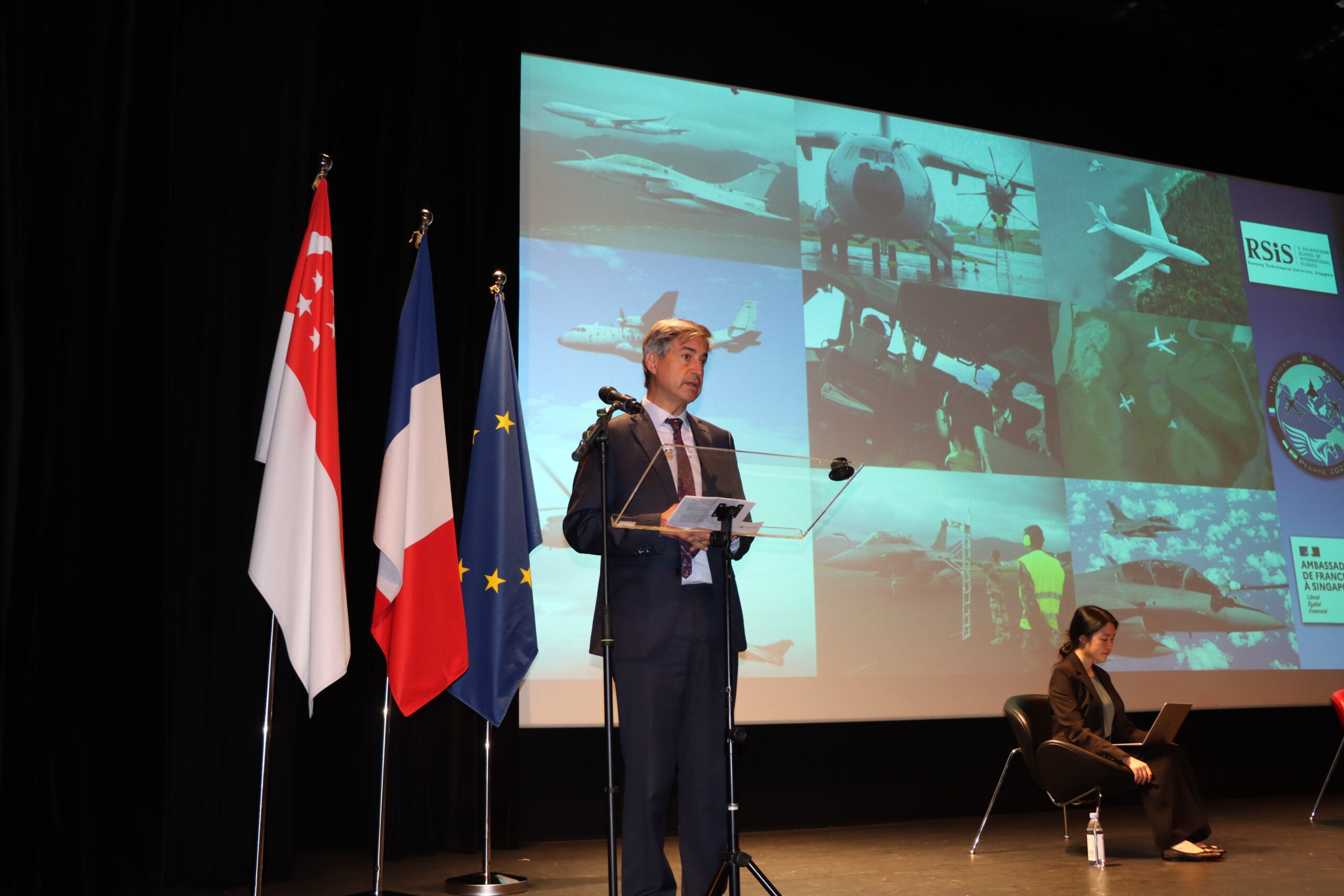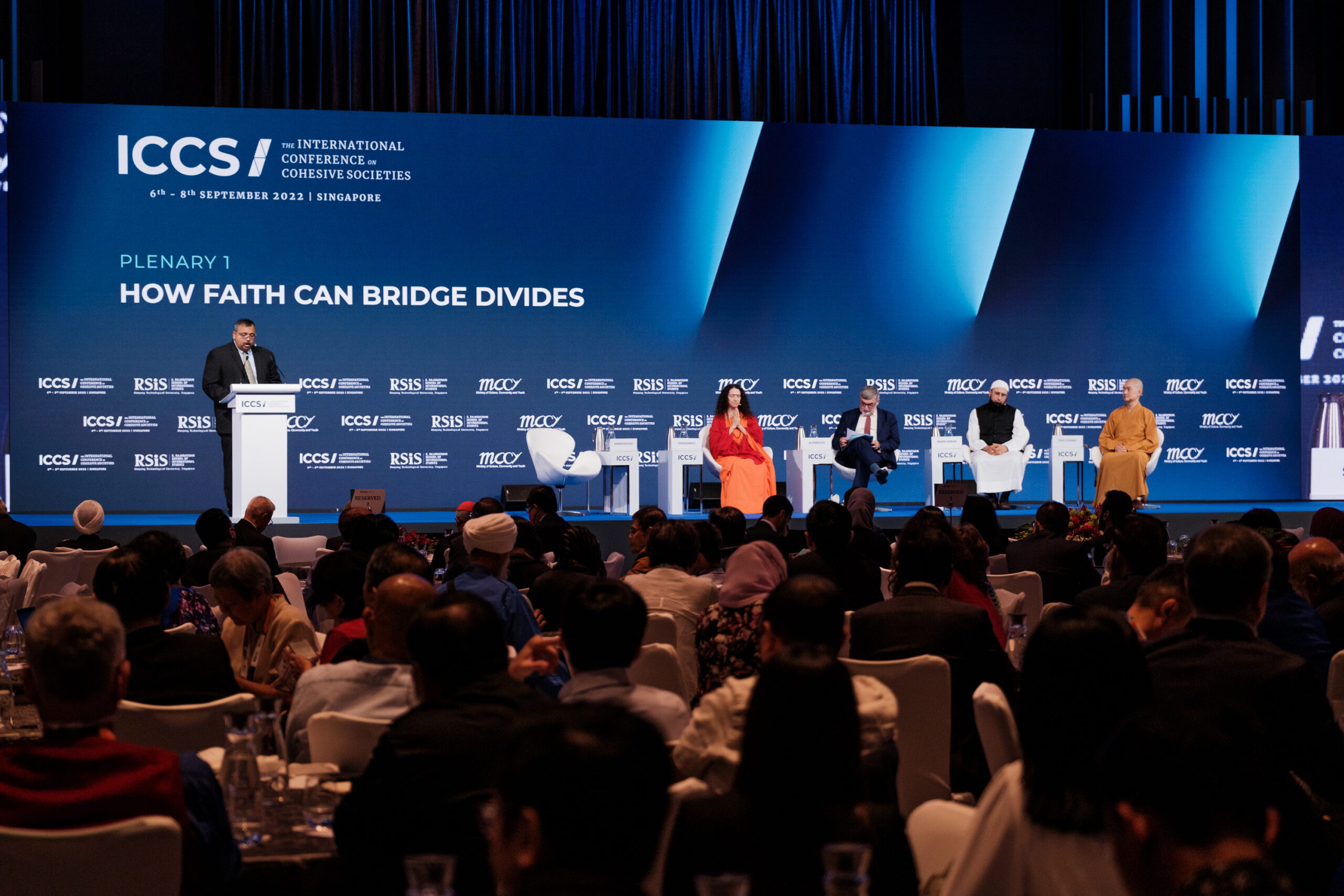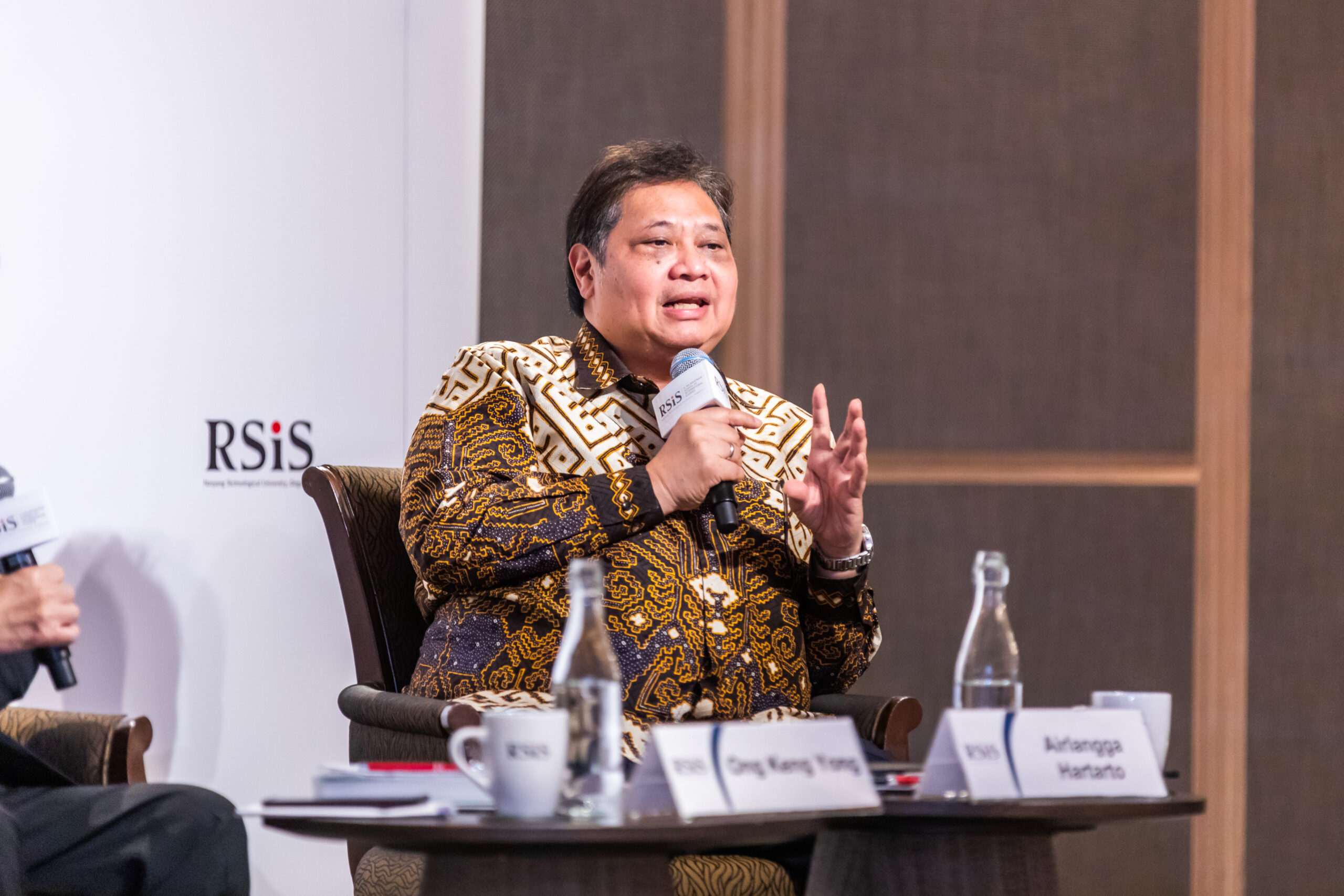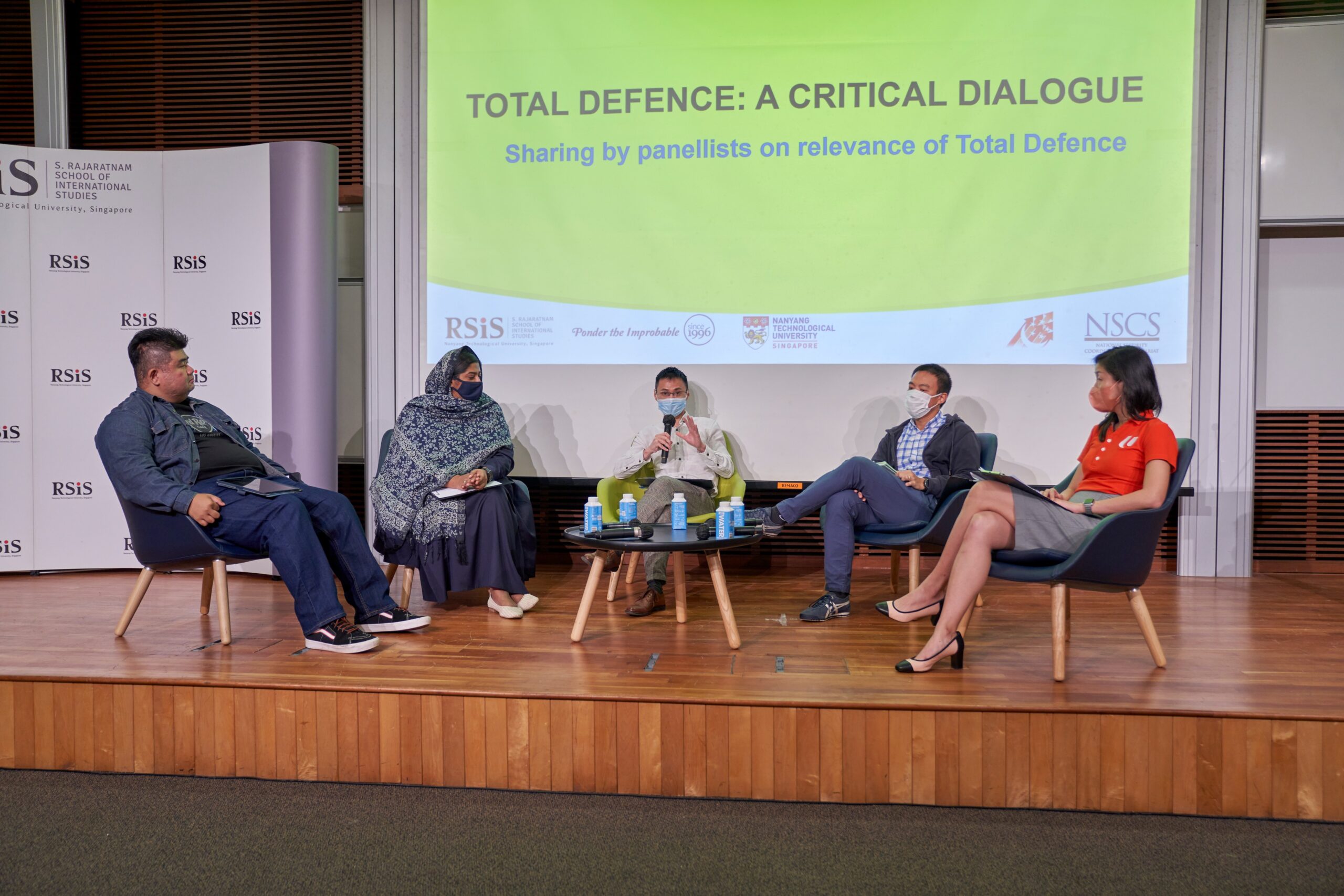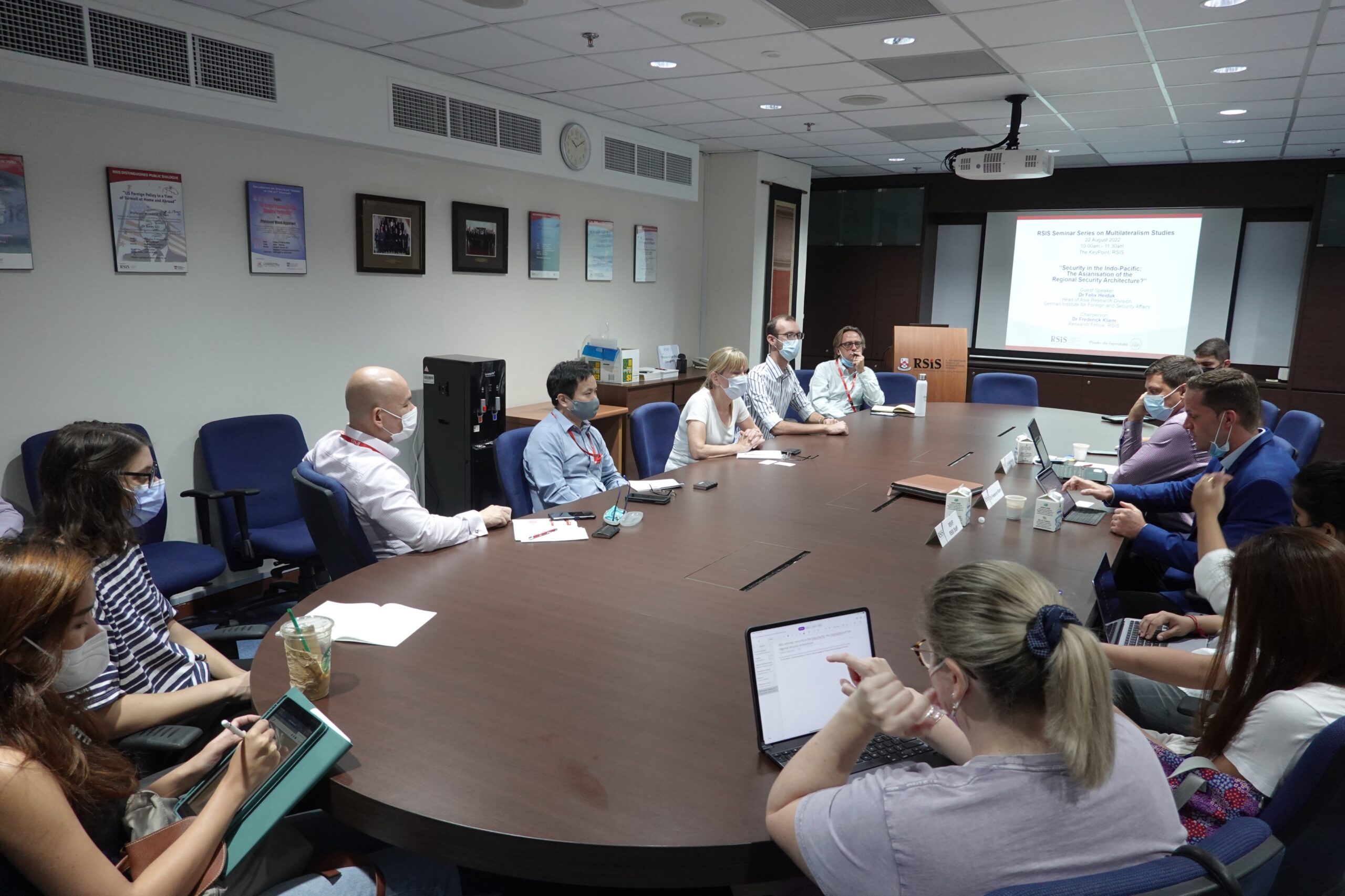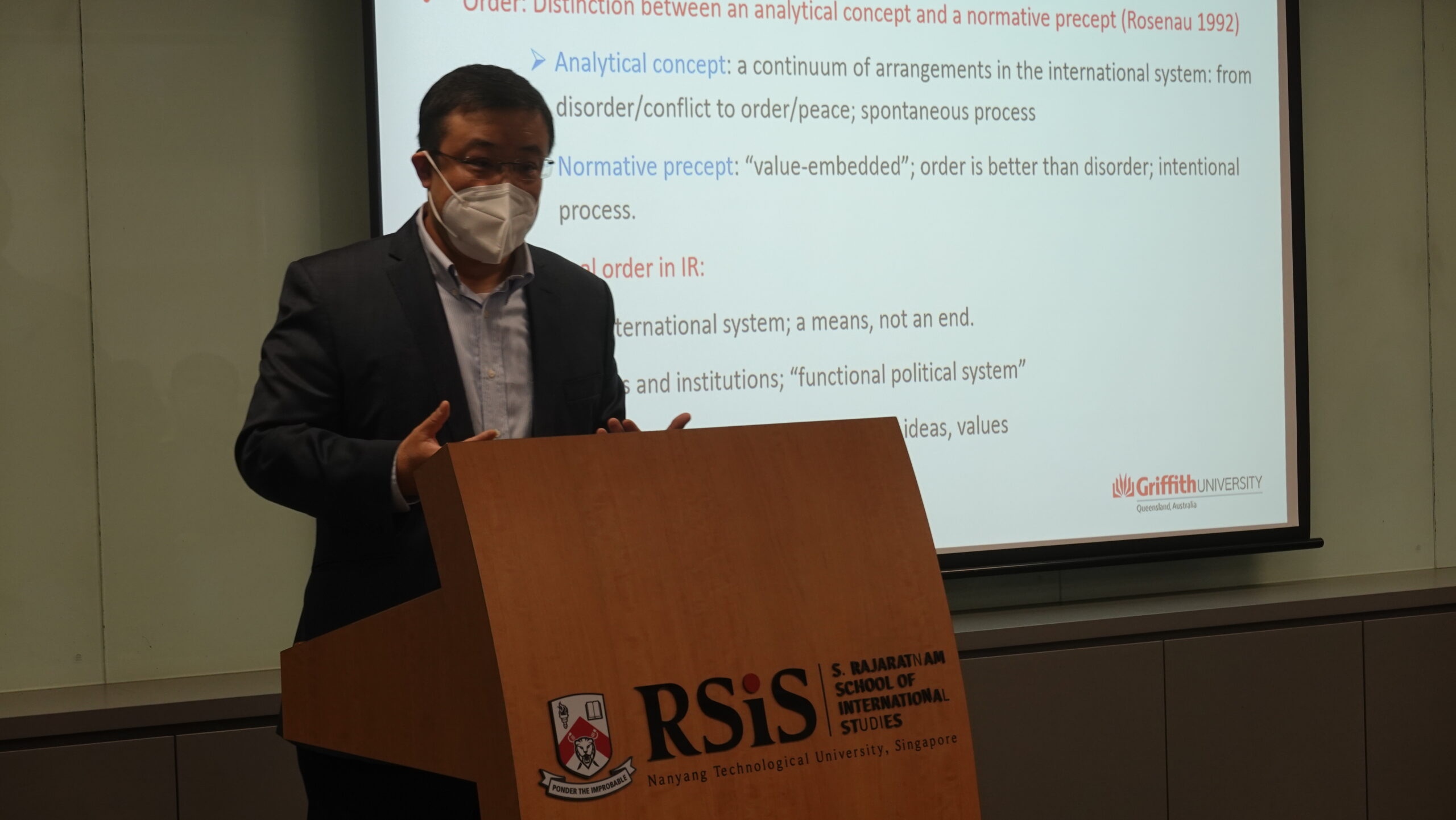

The 2002 Bali bombings, which took 202 lives, was the deadliest terrorist attack in Southeast Asia. The Jemaah Islamiyah (JI) directed plot raised the threat of Islamist terrorism and has shaped counterterrorism (CT) efforts in the region since. Twenty years on, Southeast Asia is confronted by two pan-Islamist entities—the al-Qaeda (AQ) affiliated JI and regional pro-Islamic State (IS) groups—reflecting how the threat has evolved in the changing geopolitical and operational environment.
To commemorate the 20th anniversary of the Bali bombings, the International Centre for Political Violence and Terrorism Research (ICPVTR) launched a three-part webinar series titled “Southeast Asia’s Terrorism Terrain Two Decades after Bali: Changes, Continuities, and Trajectories”.
In the first webinar on the existing and emerging regional threats, speakers highlighted that since 2014, pro-IS groups have dominated the regional terrorism landscape. According to Associate Professor Bilveer Singh, managing the threat posed by pro-IS groups and subsequently the COVID-19 situation diverted the Indonesian authorities’ attention away from JI over time. However, Indonesia has since refocused its attention on the latent JI threat, manifested through its efforts to regroup and consolidate by infiltrating political, social, and religious institutions. CT expert Mr Rakyan Adibrata added to the discussion by deep-diving into JI’s operational and ideological guidelines.
The second webinar focused on the drivers of radicalisation. Psychologist and civil activist Dr Alissa Wahid shared that while the Indonesian anti-terrorism apparatus has effectively dismantled terrorist cells and networks in the country, extremists continue to mainstream religious exclusivism and extremism in Indonesia, providing fertile ground for home-grown terrorism. The family unit and women were also identified as drivers of radicalisation as an increasing number of them are on the frontlines of terrorist attacks.
Independent journalist Ms Amy Chew highlighted the role of online disinformation and gaming platforms in terrorist recruitment. Extremists have befriended Southeast Asian players through gaming platforms to introduce radical propaganda to regional youths gradually.
The speakers agreed on the need for early warning mechanisms to prevent terrorist attacks. Governments, security agencies, and civil societies must raise awareness on the threat of radicalisation by educating schools and communities to identify signs of distress among vulnerable peers.
The final webinar explored the transformation of counterterrorism policies in Southeast Asia. Academic Dr Rommel Banlaoi shared that Mindanao, Southern Philippines, was once the safe haven for regional terrorists including some Bali bombing suspects who fled Indonesia and sought refuge there. Dr Banlaoi shared that the Philippines have learned from their past experiences in combatting insurgencies, and currently take political, socio-economic, and security factors into account when planning their operations. It has also implemented laws and engaged communities to address extremism in Mindanao.
CT consultant Mr Thomas Samuel elaborated on his findings on countering hate speech in the exclusivism landscape in Malaysia. He emphasised the power of stories in propagating hate where using half-truths, extremists exploit three narrative elements to radicalise their constituents: the problem, the perpetrator, and the solution. Oftentimes, they purport that violence is the only solution. In his view, while stories can propagate hate, they are also tools to promote peace even though counterstories are difficult to inspire. Given its importance, however, Malaysia has nationwide programmes, led by the government and independent organisations, in which youths participate in to combat hate speech.
Researcher and CT activist Dr Noor Huda Ismail shared how Indonesia’s CT forces have engaged civil society in combatting extremism. Given the significance of civil society in Indonesia’s state-building, the state must continue to engage community partners in problem-solving and co-solutioning to minimise the threat of terrorism and the spread of extremist narratives.
Ultimately, all presenters agreed that governments and communities must not be complacent about the terror threat. While the number of terrorist attacks and plots has declined since the pandemic, terrorist groups continue to regroup, recruit, and recuperate. Hence, the terrorism threat remains ever-present.



